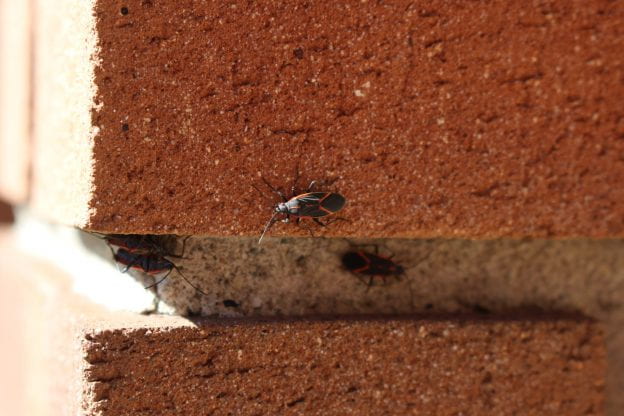We’re happy to help spread the word both about the Pesticide Management Education Program and their name change. Thank you to Mary Centrella, PhD, Director & Educator of the Pesticide Safety Education Program, for providing the text.
The outreach arm of Cornell Cooperative Extension’s Pesticide Management Education Program (PMEP) has always operated under the name of the overall program. However, because PMEP also includes the Pesticide Sales and Use Reporting (PSUR) group, we are adopting the name Cornell Cooperative Extension Pesticide Safety Education Program (CCE-PSEP) for our outreach arm to better reflect its mission. PMEP will continue to exist as an umbrella term for both PSUR and CCE-PSEP.






